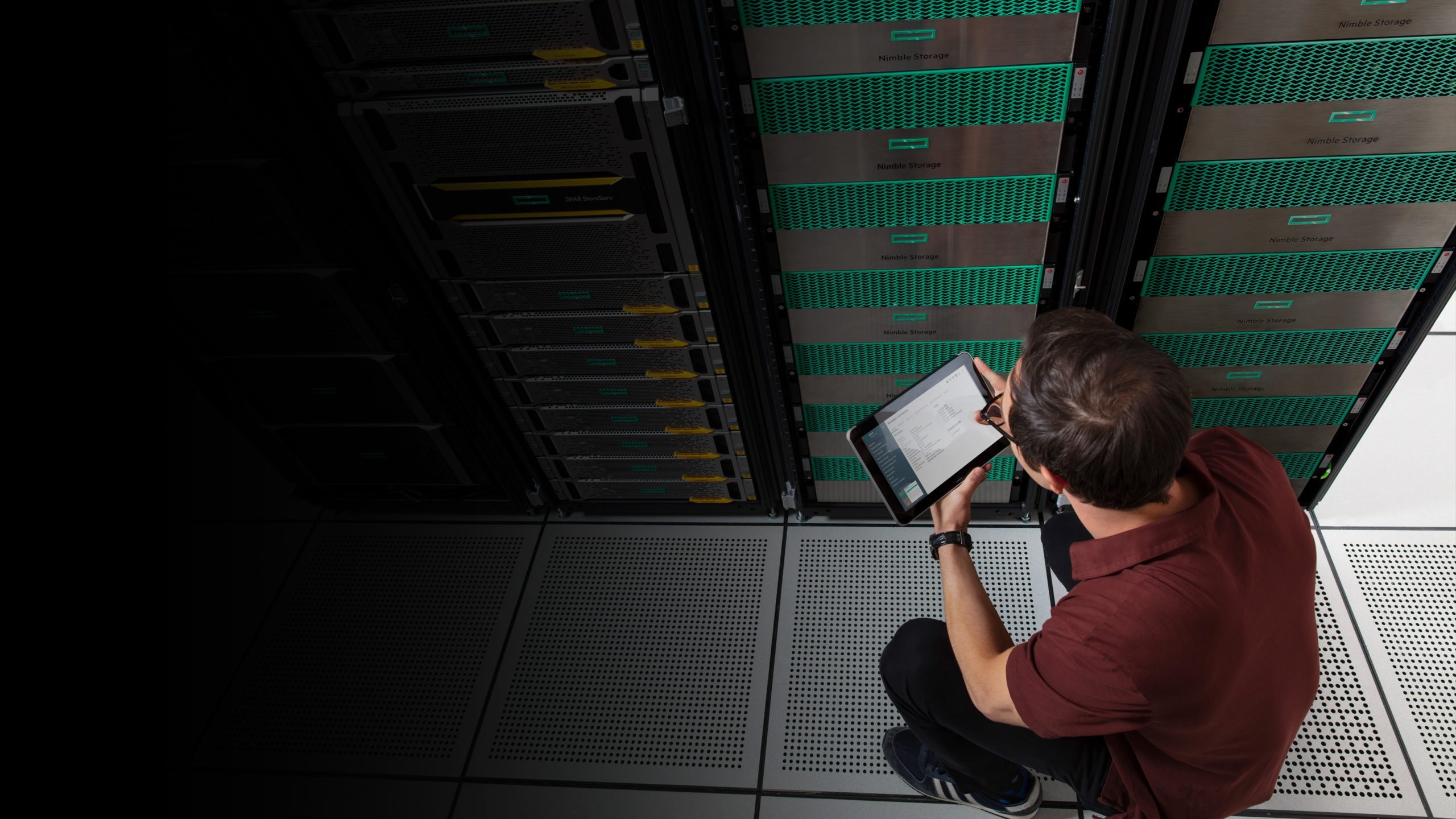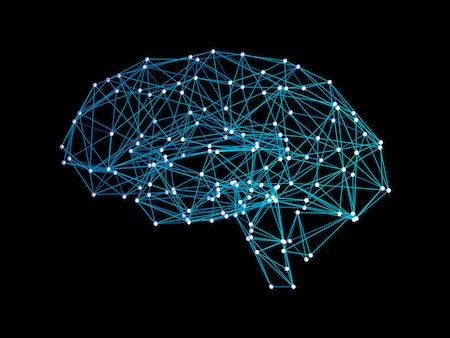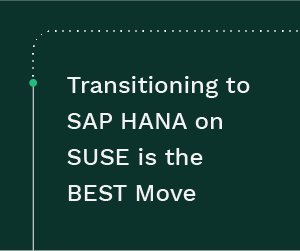Delivering “Complete” Experiences Where the SAP Customer Is the Hero
SAP EVP Nick Tzitzon Shares How SAP Is at Its Best When Totally Focused on the Business Challenges Companies Need to Solve
For the past seven years, Nick Tzitzon, Executive Vice President of Marketing and Communications for SAP, has been a key advisor to SAP’s Chief Executive Officer Bill McDermott on many topics related to SAP’s messaging and communication with its customers, its partner ecosystem, and the world at large. Having travelled to around 40 countries in the last five years to attend meetings, events, and other SAP functions, he’s had plenty of opportunity to build a global perspective of how SAP customers are innovating with SAP software. Prior to joining SAP, Tzitzon worked for a long time in the public-sector side in politics, which he found parallels his fast-paced life in the SAP franchise, with people moving quickly trying to get things done to help improve people’s lives.
SAPinsider sat down with Tzitzon at SAPPHIRE NOW in May 2019 to discuss recent changes within SAP and how they will affect its customer and partner ecosystem. He shares an inside perspective on the big shifts of SAP S/4HANA and Qualtrics coming to SAP customers very soon, if not already. Included here are adapted excerpts from this conversation.
Q: This year’s SAPPHIRE NOW conference marks 30 years of the annual event for SAP customer interaction and learning. Since its debut, in what ways has SAP changed to better serve its customers?
Let’s start with how SAP is the same. Much of the team we have in Germany are individuals who have been here from the beginning and have engineered a foundation that has given us the opportunity to build SAP to be Europe’s largest technology company — delivering the highest industrial-grade software that’s running the largest companies in the world. Without that foundation, we couldn’t have a company that grows, expands, invents new products, and acquires companies to deliver new innovations.
Today, SAP employs about 100,000 people in 180 countries around the world — two million employees including all the ecosystem partners — serving more than 425,000 customers in all industries, so we have grown on a massive global scale. The other big change is the breadth and depth of the SAP solutions we bring to market. When you look at our current portfolio, we are delivering experiences. Anything that is important to a business — Are customers happy and satisfied with the products? Are employees feeling motivated and inspired? Are we maximizing our financial resources? — SAP has software to help.
SAP has organized the company based on the business outcomes that our customers are trying to achieve. The show floor at this year’s SAPPHIRE NOW exhibited neighborhoods titled People Engagement and Customer Experience: these are outcomes that we know customers are trying to drive. And on our keynote stages were Experience Management and Experience Economy: these are business conversations. SAP has always been at that intersection of business and technology. Where in the past we might have taken a more technical approach to how we communicated everything SAP, now we are very comfortably in the middle. And if we’re trending one way this year, it’s more in the business direction. We are at a place today where we can admit our own weaknesses and vulnerabilities and be confident and optimistic about what we can bring customers.
“The Best Run SAP” is still the core of our brand, and that forces us to tell our story of what SAP solutions can do through the lens of how customers use SAP software. But at the end of the day, while SAP can offer all kinds of success metrics, if we can’t say that a customer was able to do things that they couldn’t do without us, then our story is not complete. I feel the same confidence you hear from Bill McDermott, our CEO, that SAP has everything it needs now to truly help customers do everything they need. He said during the SAPPHIRE NOW keynote on day one, “No company is perfect, not even SAP.” But we are hungry for where people think we can be better as a company. We are naturally incented now to know what people are feeling about their SAP experience. We want that feedback. And, as a result, you see a much more open and humble SAP today. “The customer is the hero” is really the center of our message. And SAP is only a successful company if the customers who run SAP software are managing to deliver successful outcomes for their stakeholders.
Q: From that outside-in perspective, how have SAP customers and the larger ecosystem also evolved?
The customer evolution fits beautifully into how SAP’s solutions portfolio has evolved. A few years ago, technology leadership in companies had a significant amount of power with respect to how businesses use technology. And we are seeing a consistent pattern of that power decentralizing a bit. For example, a chief human resources officer (CHRO) or chief marketing officer (CMO) might have power to buy a human capital management (HCM) solution or marketing automation software, and the chief information officer (CIO) or chief technology officer (CTO) will still be playing traffic cop, trying to bring everyone into a crowded intersection and make sure everything flows. But what’s interesting today is those same key people — the CIO, the CTO, and in some cases, now the Chief Digital Officer — are reasserting how important it is to have a single view of how technology can help a business run. That doesn’t mean it is reverting to an all-in-one kind of a scenario. The CHROs and CMOs are still buying. But increasingly, CEOs are starting to ask, “How is my business running end to end? How am I connecting what my employees do every day to supporting what my customers want from us every day? What are the measurable business outcomes that my technology is enabling me to deliver? How can I differentiate that business outcome to create positive experiences for my customer?” Add these questions up — it’s an SAP conversation through and through.
For people who have been a significant part of the SAP ecosystem — as users, customers, partners, or influencers — in an economy that continues to change fast, it is perfectly normal and reasonable for them to question, “How do I keep up with or stay relevant in this change?” No change happens with the flip of a switch. Change is iterative. And change is hard. And if we don’t learn from what’s happened and from the people who know what has happened, then we can’t change companies in the right way or achieve outcomes that make the world run better and improve people’s lives. There is a role for everyone to play in that. That doesn’t mean that people aren’t going to need to reskill and modernize or that there won’t be innovations now that are as important as ABAP was when it first came online. ABAP is going to remain important. But technologies like machine learning (ML), artificial intelligence (AI), and blockchain are going to be increasingly important. So we want to be respectful and inclusive of people who bring deep historical SAP expertise to the table and, in some cases, we want to help those people figure out how to be as significant to the future of SAP as they have been to the past.
Q: Speaking of technologies gaining importance, why should SAP customers journey to SAP S/4HANA and the cloud?
First of all, the software is designed with the highest degree of engineering quality that customers expect from SAP — state-of-the-art functionality, consumability, integration, and mission-critical best practices. I can understand and empathize with a customer that says, “My SAP system is the backbone of my business. It’s working well and providing the functionality we want. Why would I change?” In these cases, SAP must make a very strong argument — and help our SAP users make a very strong argument — that their businesses and their industries are changing. There are certain ways you can change a business model today that were not even contemplated when we designed the last generation of SAP ERP. Migrating to SAP S/4HANA is key, as is adopting a platform, SAP HANA, which was designed for a digital-first, data-first economy and a world of embedded AI. Because — make no mistake — everyone’s business model will change. And in many cases, the businesses that are quick to adapt to the changes are the ones that will survive. And if companies get complacent and don’t feel the pressure of it now, they will — very shortly.
From a business perspective, the discussion needs to center on the CAPEX-OPEX shift. We want to diminish the investment costs into hardware, infrastructure, and compute power by providing ML/AI capabilities as consumable services on SAP Cloud Platform. By doing so, the entrance barrier to using these new intelligent technologies becomes so low that every SAP customer can make full use of them.
In looking at anecdotal examples of customers who have done this really well, they have said, “Look, we customized — a lot — in our existing system. How many of those customizations are truly differentiating for our business? In cases where they are, we should go to SAP S/4HANA and build an extension on SAP Cloud Platform, or work with our ecosystem partners. In cases where they are not, maybe this is an opportunity to simplify our business, go with a standard process, and then concentrate on where we will differentiate our company.”
In both instances of business model change and simplification, SAP S/4HANA provides opportunities that customers simply can’t have with a system that was designed years ago.
Q: Are there any other major shifts ahead for SAP customers to be aware of?
The acquisition of Qualtrics is a paradigm shift for us. This gives us the ability to do things both on the operational and the experience side that other companies can’t do. Hasso Plattner, our chairman, explained it well: When he was one of the five cofounders building SAP, the amount of depth or range between the people building the products and the people using the products was very tight. It was the same people, so the feedback loop was complete. With Qualtrics, you can give companies the direct pulse of what their customers are feeling about the products they are buying and using, how people are reacting to the messages and brands companies are putting out in the market, and what is going on with employees day to day. The old consensus was “businesses have all the data they need, it just needs to be better organized.” That’s wrong. The reality is that businesses have most of the operational data (O data) they need, but very little of the experience data (X data). Therefore, the message we need to share widely with our customers is this: When you bring in experience management, combine it with the intelligent enterprise, and tell your X plus O story, that’s when you maximize the value of a complete SAP investment.
Q: Any final thoughts on the focus and future of SAP?
In terms of the health of our company and our readiness to be there for customers the way that they are accustomed to us being there, we are going with a full head of steam right now. And that shouldn’t be taken for granted, because this is a tough and competitive industry — and I think the industry is better with a very healthy, ambitious SAP.
Whatever business priorities SAP customers are facing — if you read an annual or quarterly earnings report (in cases where customers are publicly traded) or make a checklist of “the five things our CEO most wants to solve” or “the five things our company most needs to deal with to be effective and to compete and win” — SAP can align to those five things. We are totally focused on the business challenges that companies need to solve. That’s when we are at our best.








